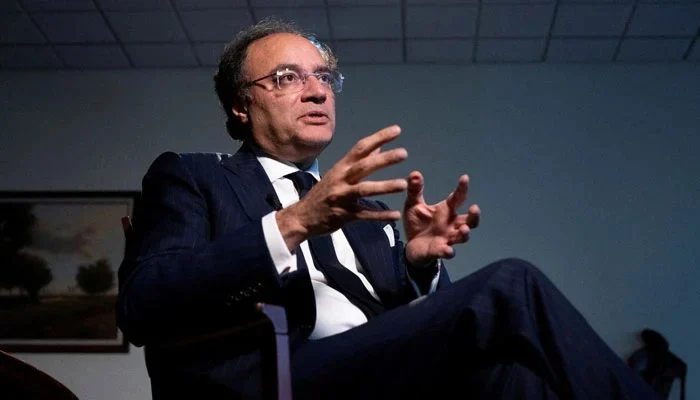Introduction
During a landmark address at the 2025 Harvard Global Finance Conference, the finance czar of a major emerging economy spotlighted key growth opportunities across diverse sectors. His remarks have drawn attention from economists, investors, and policy-makers alike, signaling where global development and investment momentum may shift in the coming years.
Key Growth Sectors Identified
The finance czar emphasized a strategic approach to development, aligning government priorities with private sector capabilities. Below are the top seven sectors he outlined as high-potential for sustainable economic growth:
- 1. Green Energy Transition: With climate change at the forefront, renewable energy—particularly solar and wind—was highlighted as critical to future infrastructure and investment.
- 2. Technology and Digital Innovation: From AI to fintech, digital transformation remains central to economic competitiveness. He emphasized the need for AI regulation and smart investment frameworks.
- 3. Healthcare and Biotech: Post-pandemic shifts have opened up innovation opportunities in healthcare delivery systems, telemedicine, and biotechnology R&D.
- 4. Agriculture and Food Security: Sustainable agriculture and agri-tech are vital for addressing food supply concerns in a warming world.
- 5. Urban Infrastructure and Smart Cities: The expansion of resilient, tech-integrated urban spaces was identified as a driver of both growth and inclusion.
- 6. Education and Human Capital: The speaker stressed upskilling the workforce through digital learning platforms and STEM-focused reforms.
- 7. Manufacturing and Supply Chain Realignment: Geopolitical shifts have pushed for diversified manufacturing bases and localised supply chains, offering new regional opportunities.
Global Context and Strategic Alignment
The finance czar’s vision was presented as a response to volatile global trends—from inflation and conflict to climate crises. His remarks emphasized the importance of public-private collaboration, global south investment, and multilateral support from institutions like the World Bank and IMF.
Several audience members at Harvard praised the framework as both realistic and visionary. Experts noted that his alignment with ESG (Environmental, Social, and Governance) goals reflects a growing global consensus on sustainable finance.
Conclusion
The 2025 Harvard conference served as a platform to highlight not just the challenges facing global economies, but also the tremendous opportunities. By identifying and strategically investing in these seven sectors, governments and investors can work together to foster inclusive and resilient growth.
Next Read: 2025 Global Economic Outlook
External Source: Harvard Global Finance Conference 2025










